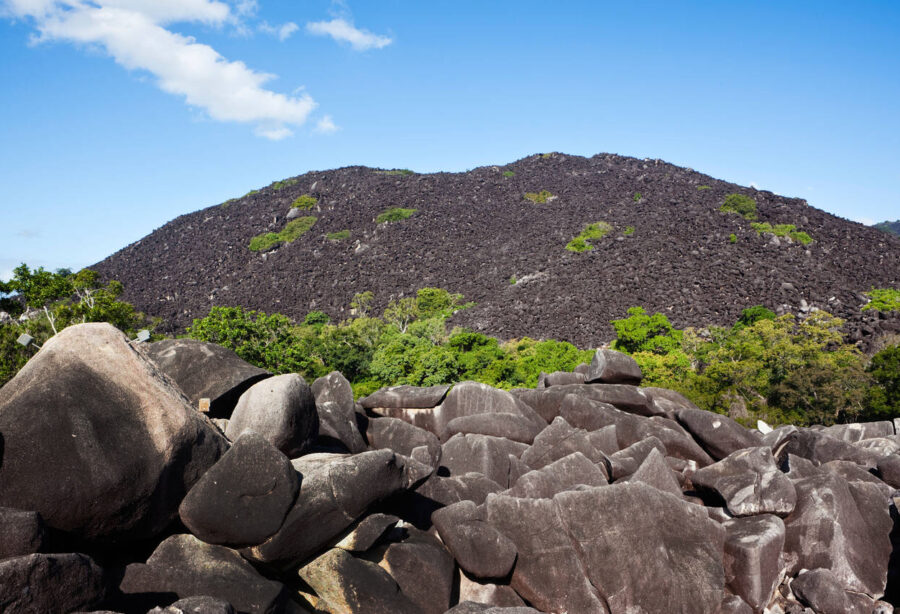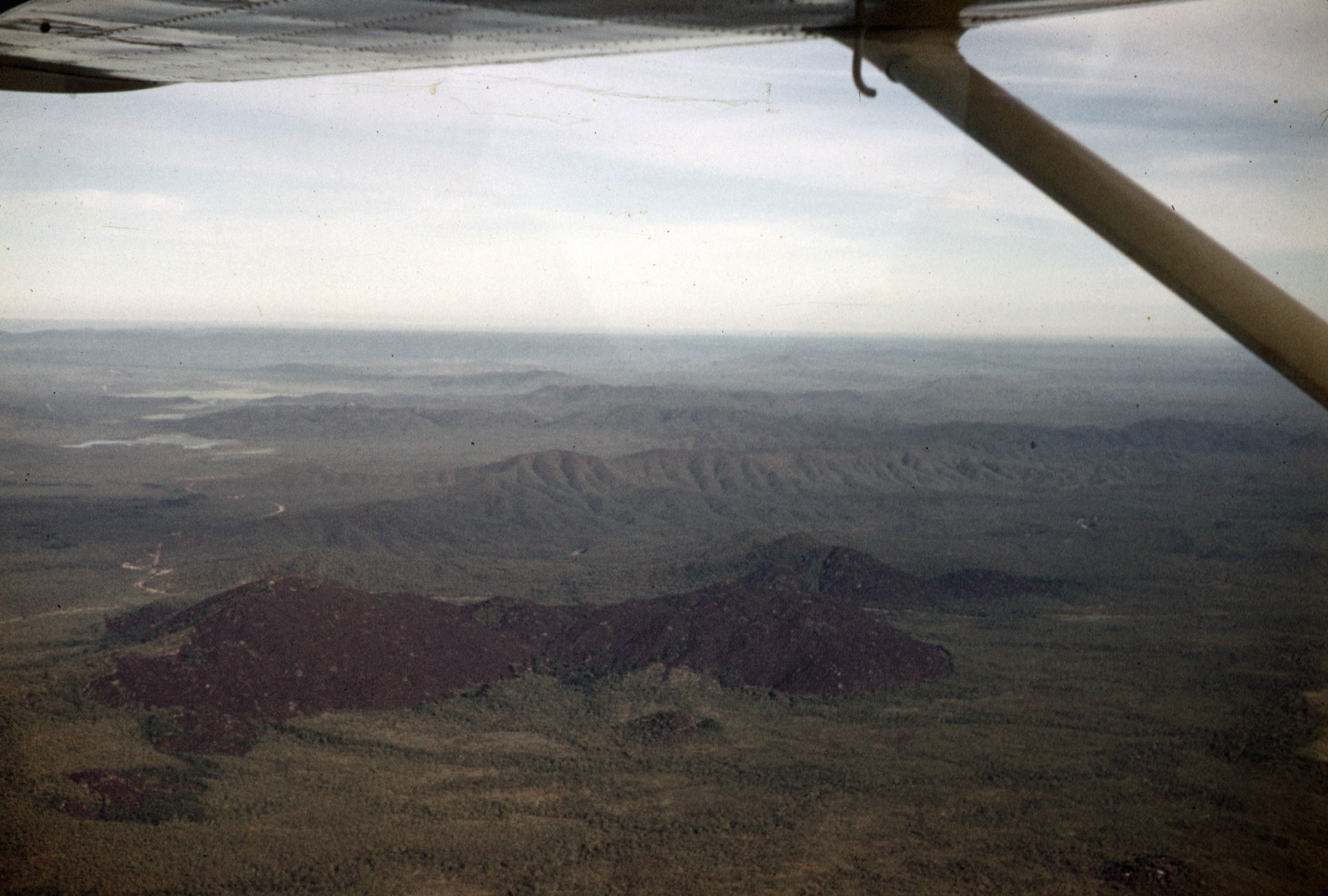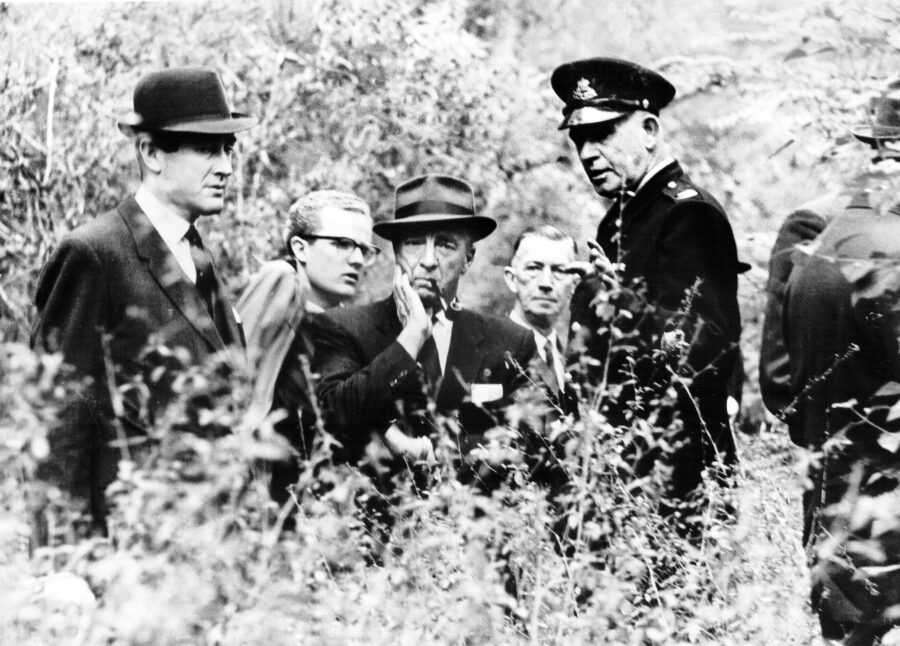The baffling boulders of Black Mountain

Tim the Yowie Man
Tim the Yowie Man

It could be a scene from a horror film, but it’s not. It’s Kalkajaka (Black Mountain), a foreboding sight that rises from thick green jungle on the Trevathan Range about 25km south of Cooktown in Far North Queensland.
Given its dominance in the landscape, it’s no surprise this is a sacred place for the Kuku Yalanji people. One of their Dreamtime stories tells of an argument between two giant brothers who fight over a woman and throw huge boulders at each other until the mountain is formed.
Geologists explain the striking mountain was created about 260 million years ago when molten rock slowly solidified deep below the surface, forming a body of hard granite rock. Over time, the fissured top of this has gradually become exposed as large rectangular blocks, their corners becoming progressively weathered into the boulders we see today.

Its distinctively gloomy appearance is due to blue-green algae growing on the granite. This ‘living skin’ provides refuge for several curious creatures endemic to the area, including a nocturnal gecko (Nactus galgajuga), leaping skink (Liburnascincus scirtetis) and the Black Mountain boulder frog (Cophixalus saxatilis), which has developed an almost crab-like ability to scuttle on the granite boulders. Really!
Climbing Kalkajaka is discouraged by Traditional Owner groups, including the Kuku Yalanji, Guugu Yimithirr and Kuku Nyungkal. On my first visit here about 30 years ago, an elder warned me, “This is a very scary site, climbing it all the way to the top is asking for trouble, you may never be seen again … tourists should only venture high onto the mountains with permission and a local guide”.
But not everyone heeds this advice and according to local legend there’s a long list of people who’ve disappeared here since European settlement, including gold miners, police and a bushranger known as “Sugarfoot Jack”. Then there’s the case of two farmers in 1882 who, while searching for a mob of missing cattle, ventured into the labyrinth of caves created by the boulders. Apparently, they weren’t seen again.

Official documentation of these supposed vanishings is hard to find, with some historians dismissing them as “wild stories” produced by “creative imagination and speculation”. Despite the dubious nature of some of these stories, if the prospect of getting lost in a maze of subterranean dead ends doesn’t deter you from clambering over the boulders, maybe the prospect of unexpected ‘explosions’ will.
In her 1987 booklet The Mysteries of Black Mountain, author Maureen Kozicka quotes Bert Cummings, who used to live in the mountain’s shadow. “In summer when the rock gets very hot, a sudden cool tropical downpour forces the boulders to contract. Occasionally the pressure is so great, a boulder will explode violently. You can hear it for miles … like dynamite detonating. All those white powdery patches dotted over the mountain show where there’s been an explosion.”
Some claim that even on a calm day you can hear the wind whispering unnervingly through the boulders. Or are they muffled cries from a long-lost stockman? Who knows? But this giant pile of boulders has deservedly earned its moniker as our country’s most mysterious mountain.


